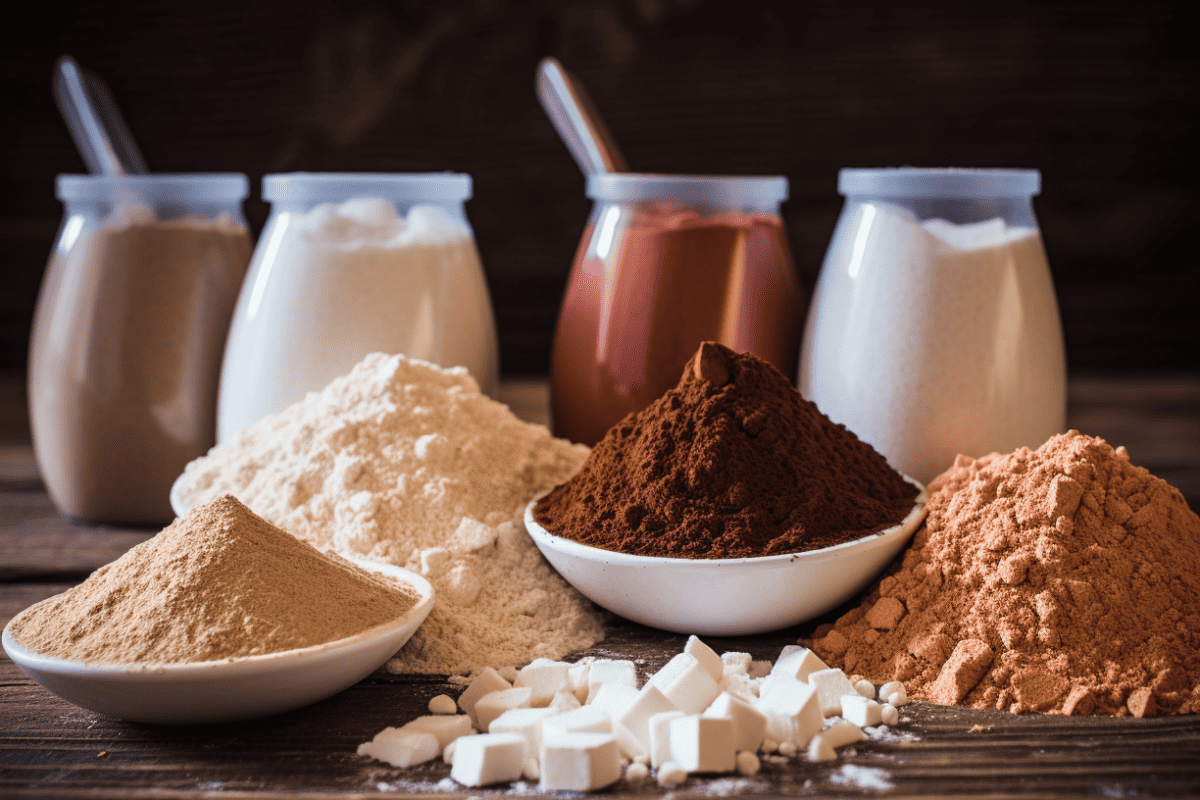Athletes, at any skill level, often confront injuries that can disrupt both their professional journey and daily life. Beyond the physical pain, these setbacks introduce mental challenges that are often tough to deal with. However, while injuries might be inevitable, they don’t have to spell the end of a career or diminish the quality of life. With the right strategies, mindset, and medical guidance, athletes can effectively navigate the healing process.
This article outlines key steps to ensure that an injury doesn’t become a permanent roadblock, helping athletes return to their passions and daily routines with renewed vigor.
Consult a Healthcare Professional
Consulting a healthcare professional should be your immediate response whenever a sports injury strikes. Healthcare professionals may be able to offer instant relief from pain. They perform X-rays and various tests to assess the injury’s severity.
They devise the most effective course of treatment for your condition using their expertise. They also guide you on precautions to prevent further harm. With their intervention, injuries are managed better and healed over time. Taking swift and sensible measures ensures you’re on the right track from the get-go.
Did you know an interesting fact that peptides have the ability to promote healing? And they’re under tremendous research. Specifically, BPC 157 is gaining traction for its potential benefits, like tissue regeneration and reducing inflammation.
However, quality is a crucial element in ensuring that the research being done is accurate and trustworthy. Many vendors ensure their BPC 157 for sale meets rigorous purity criteria. Acquiring from these reputable sellers provides consistent and reliable research outcomes. As research progresses, BPC 157 could redefine our healing strategies.
Adhere to the R.I.C.E. Method
The aftermath of a sports injury demands quick and effective care, and the R.I.C.E. method provides just that. First up is ‘Rest’: giving your body a break is essential to avoid worsening the injury.
Then, ‘Ice’: a cold pack not only makes the pain go away but helps reduce swelling. ‘Compression,’ the third step, means wrapping the injured part to support and control swelling.
Finally, ‘Elevation’ means raising the injured area, which helps in fluid drainage and further lowers inflammation. Doing these steps quickly after an injury can make a big difference in your recovery journey, ensuring you’re back on your feet soon.
Make Physical Therapy a Priority
Physical therapy is more than just regular exercise. It’s a tailored plan made by experts who know the details of sports injuries. With their help, athletes do special routines focusing on the affected areas.
Listen to Your Body
The recovery journey needs a balance between hard work and care. It’s important to stay aware of your body’s signs. Feeling a bit of discomfort is normal when starting back into activity, but it’s a fine line. If you feel sharp or persistent pain, it’s a clear indication to pause and reassess.
Set Realistic Goals
Setting clear and realistic goals can direct your efforts and boost your willpower. It’s not only the big wins that count; it’s also the small triumphs along the way. Every time you reach a set target, pause to recognize it. Appreciating these achievements, no matter how minor they may seem, gives a feeling of success.
This positive feedback not only lifts your mood but gives you the drive to keep moving forward, ensuring that each step taken is nearer to full recovery.
Stay Mentally Active
Recovering from an injury is not just a physical journey; it’s a mental one too. Athletes often struggle with feelings of loneliness or anxiety over their future capabilities. However, it’s important to remember that the mind, like the body, needs regular engagement.
Instead of focusing on difficulties, use this time to learn more about your sport. Do visualization exercises to practice your moves and techniques mentally. This mental training can greatly help your comeback, preparing you mentally for the challenges ahead.
Maintain a Balanced Diet
For speedy recovery, the power of nutrition is often underestimated. Every food choice counts when your body is working overtime to heal. Focusing on a diet rich in essential nutrients can provide the necessary building blocks for tissue repair.
Protein sources, for instance, support muscle rebuilding, while vitamins and minerals fortify overall health. Incorporating foods known for their anti-inflammatory benefits, such as turmeric and certain fish, can be a game-changer in managing pain and swelling.
Drink ample water to keep the body’s systems functioning optimally. And remember, while the occasional treat is okay, excessive alcohol and heavily processed foods can be detrimental to recovery.
Incorporate Regular Check-ups
Frequent medical check-ups during recovery are invaluable. They help track healing progress and identify any complications early on. A healthcare expert can gauge if treatments are effective and if adjustments need to be made.
These check-ups can be as simple as a routine consultation or might involve advanced diagnostic tools, depending on the severity of the injury. Feedback during these sessions offers athletes clarity and peace of mind, assuring them they are on the right path.
In some cases, check-ups might reveal that an athlete is healing faster than expected, allowing them to adjust their recovery plan accordingly.
Gradually Return to Activity
The eagerness to jump back into action after an injury is entirely natural, especially for athletes and fitness enthusiasts. However, the key to a successful and lasting recovery lies in patience. Starting with gentle, low-impact exercises can be the foundation for regaining strength and confidence.
These foundational movements pave the way for more advanced, sport-specific drills. As you progress, monitor your body’s responses closely. Are you feeling any discomfort? If so, it’s a sign to adjust.
Increase the intensity gradually, ensuring you’re comfortable at every step. Staying free of pain is not just a goal but a rule to follow. A slow and careful way of bringing back activity can make your comeback more successful and lasting.
Conclusion
Injuries, though hard, don’t have to derail an athlete’s career or daily life. The right way, along with expert medical advice, can help recovery. Regular visits, good nutrition, and suited therapy ensure optimal healing. Being aware of one’s body, making achievable goals, and maintaining mental health are also very important.
This is a sponsored post
Digital Health Buzz!
Digital Health Buzz! aims to be the destination of choice when it comes to what’s happening in the digital health world. We are not about news and views, but informative articles and thoughts to apply in your business.


